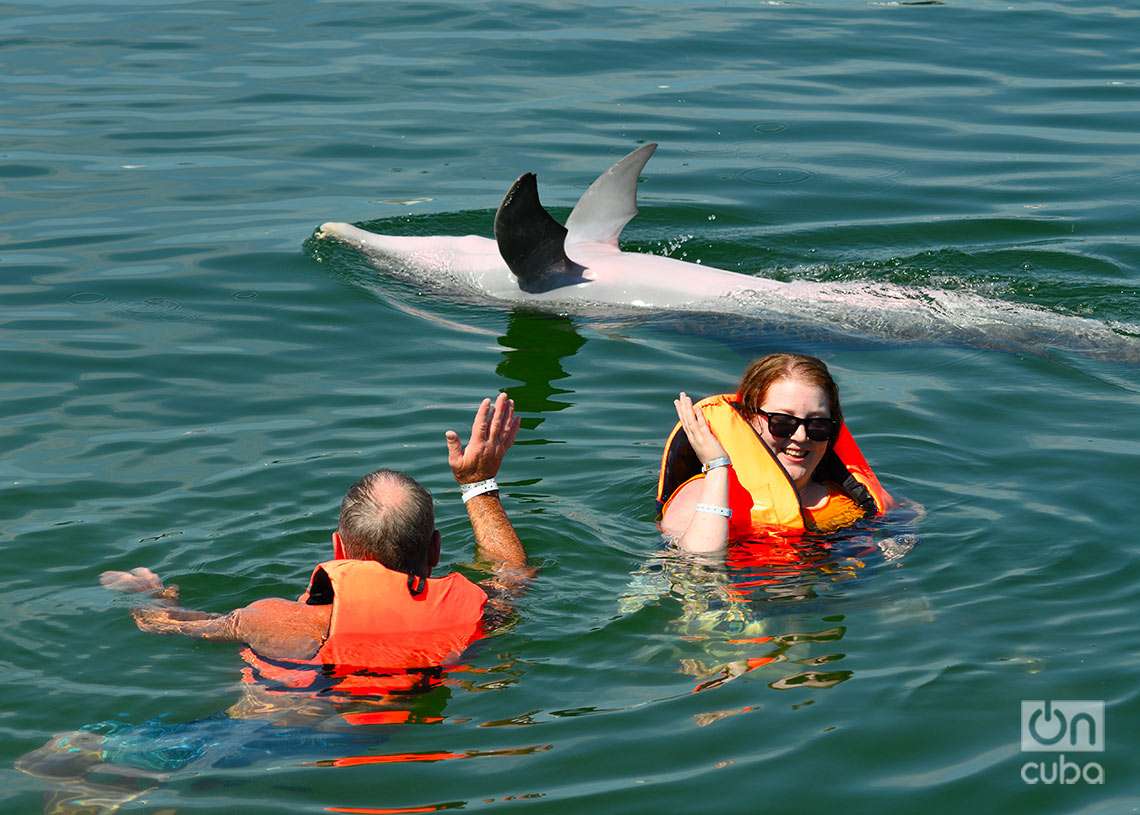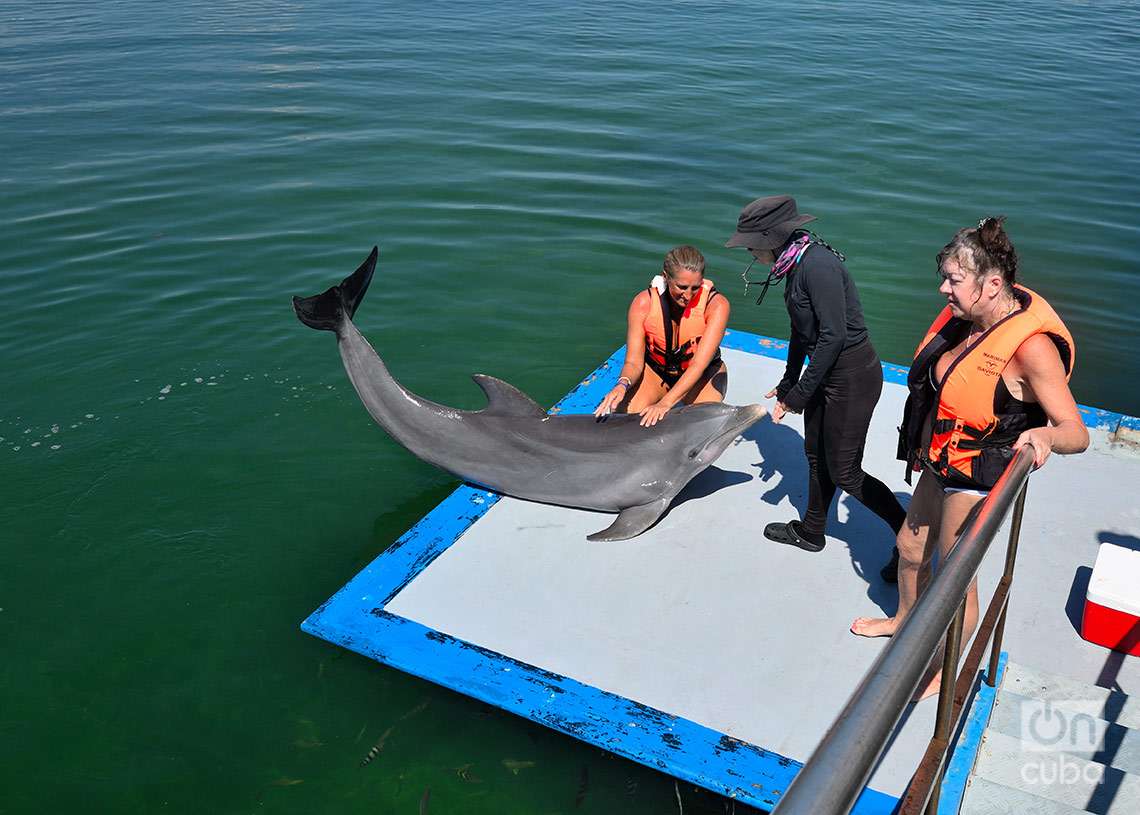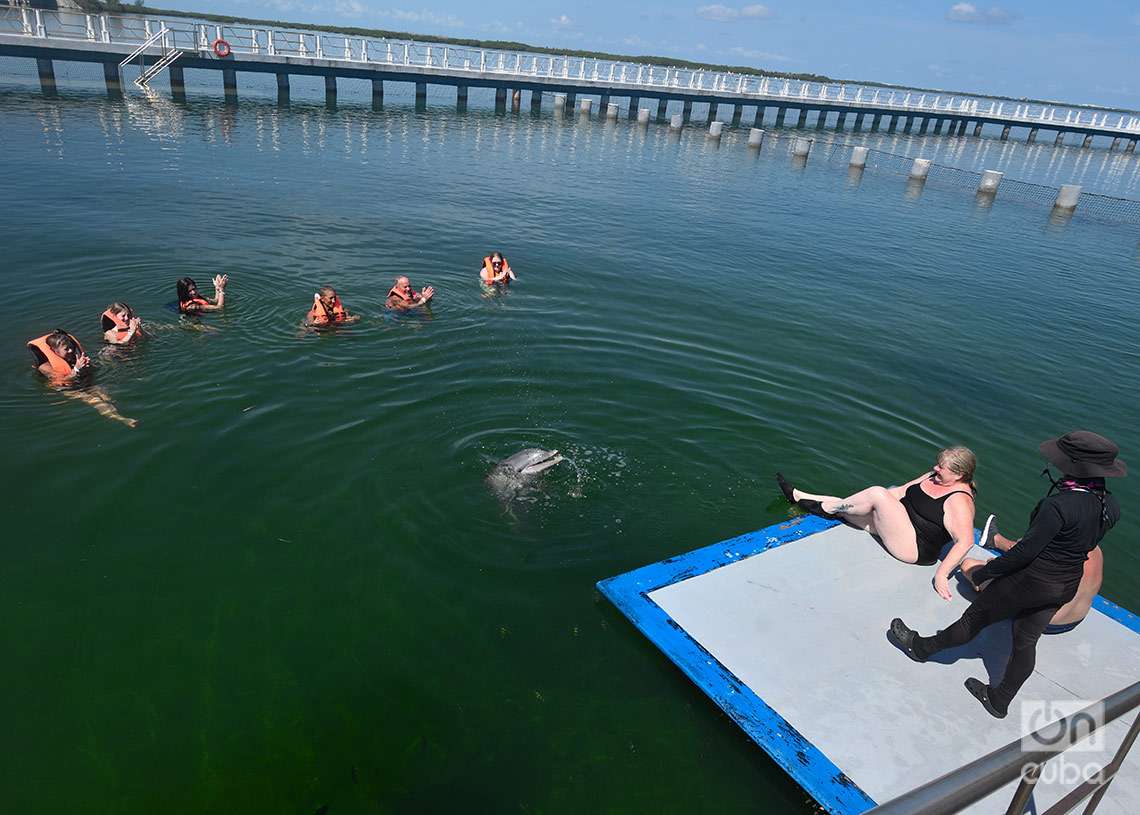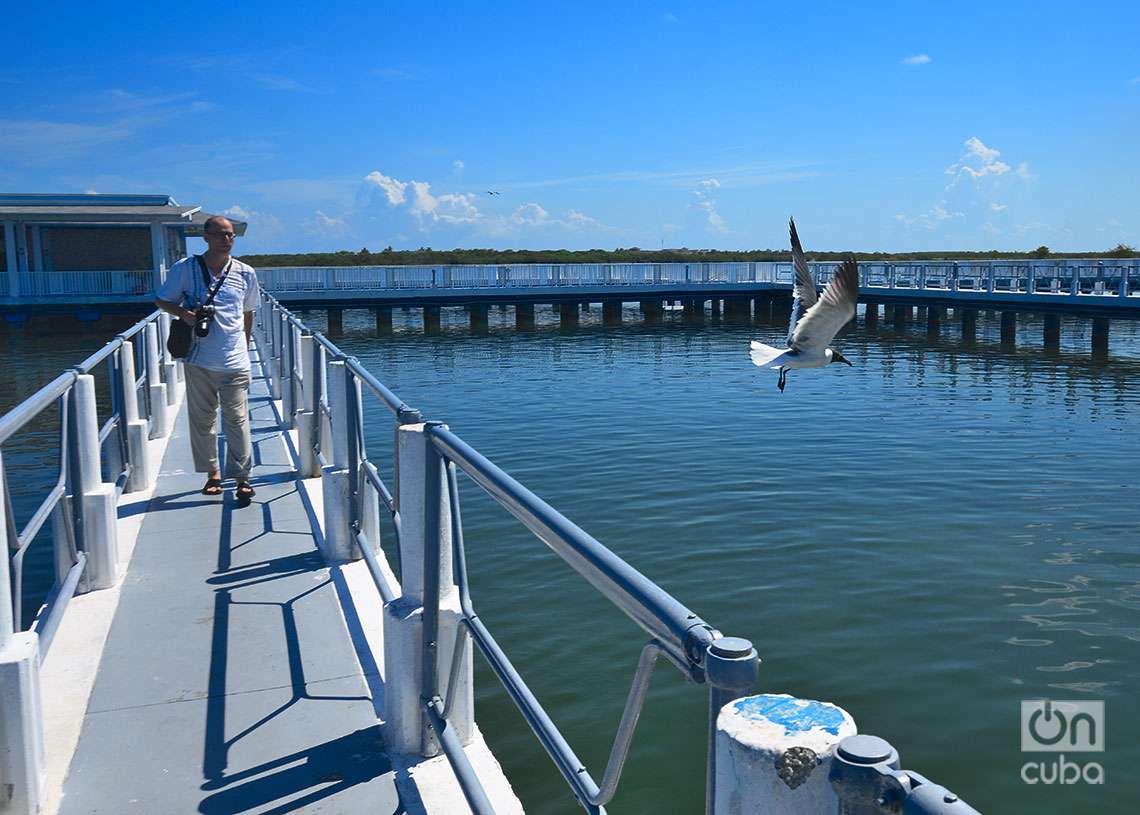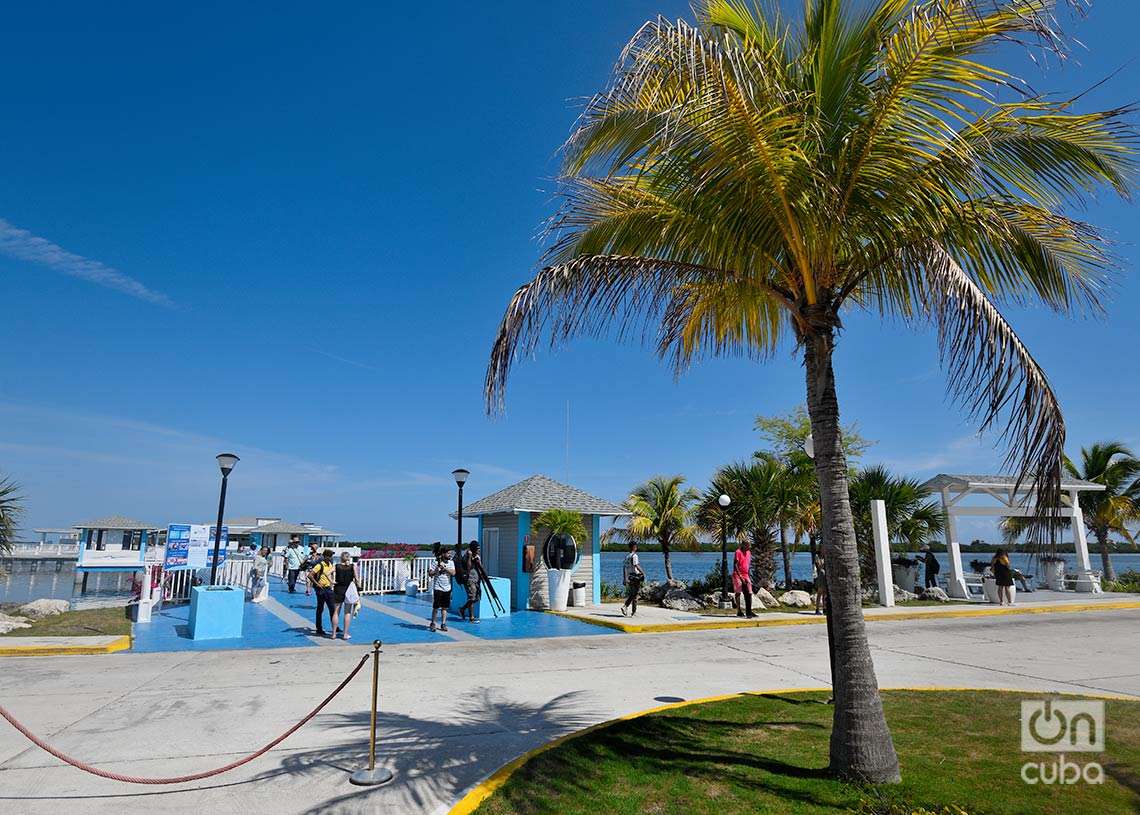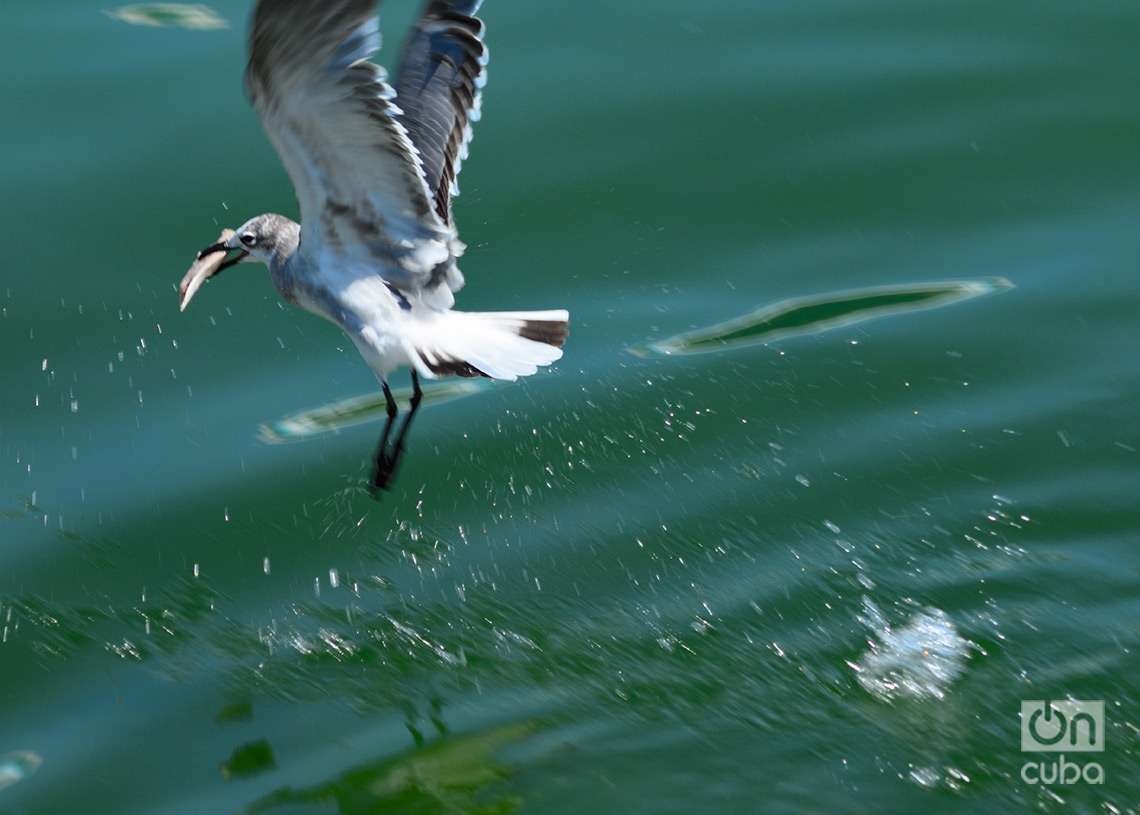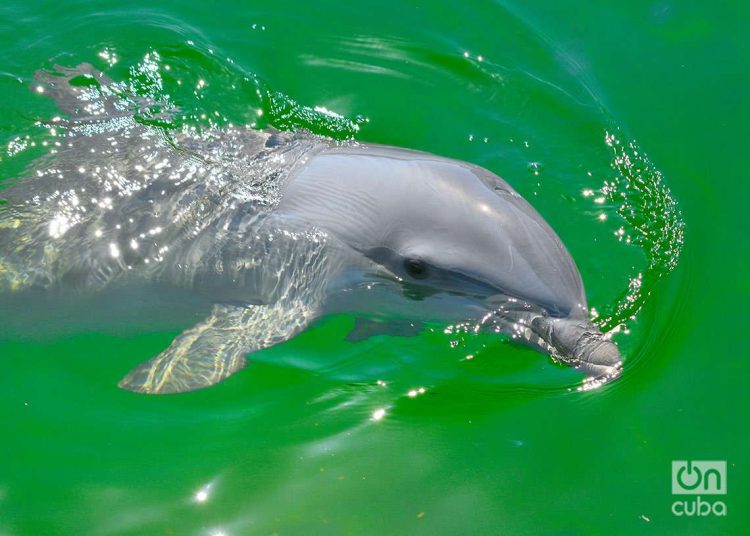Dolphins are extraordinary beings. Intelligent, sociable, agile, playful, these animals continue to fascinate humans today as they have throughout the centuries.
Sailors and fishermen have had them as friends and companions on their journeys throughout history. But for those who do not live or work near the sea, they are also an indisputable attraction.
Some have studied them for their unique qualities, for their social behaviors and their complex communication system. Others have trained them as formidable athletes and incredible students, capable of astonishing both for their spectacular jumps and for their great capacity for learning.
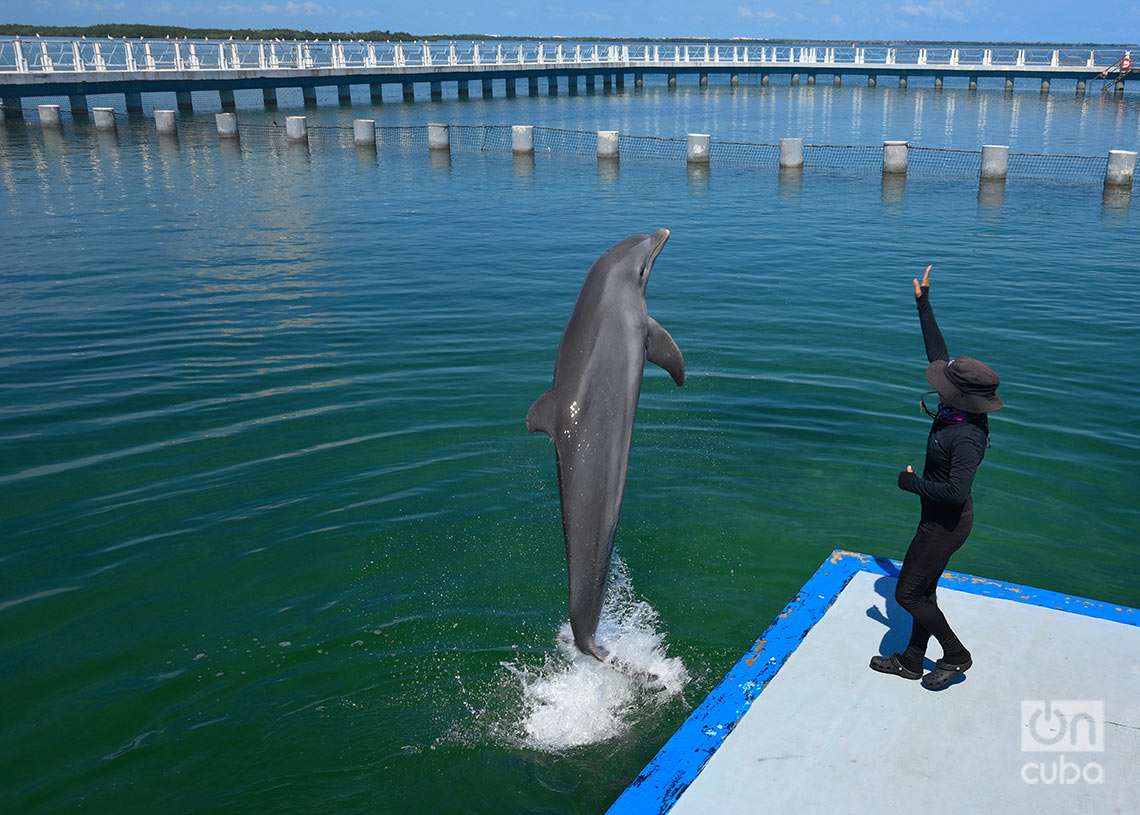
Dolphin shows are popular all over the world and some of them become big stars and celebrities. Both children and adults enjoy their amazing pirouettes, their funny games and even their “songs.”
In some places, they are also used as effective therapists for people with autism or other disorders. Or to interact directly in the water, an experience that many classify as unforgettable.

In Cuba, there are different aquariums and dolphinariums where you can get up close to these marine mammals and enjoy their acrobatic and funny shows. One of these places is located in Cayo Santa María, one of the main tourist destinations of the Cuban archipelago, located north of the province of Villa Clara.
This dolphinarium is considered one of the largest in the country. It has several semi-natural pools where it is possible to interact with the dolphins and witness their colorful shows, even when getting there is not as easy as visiting others.
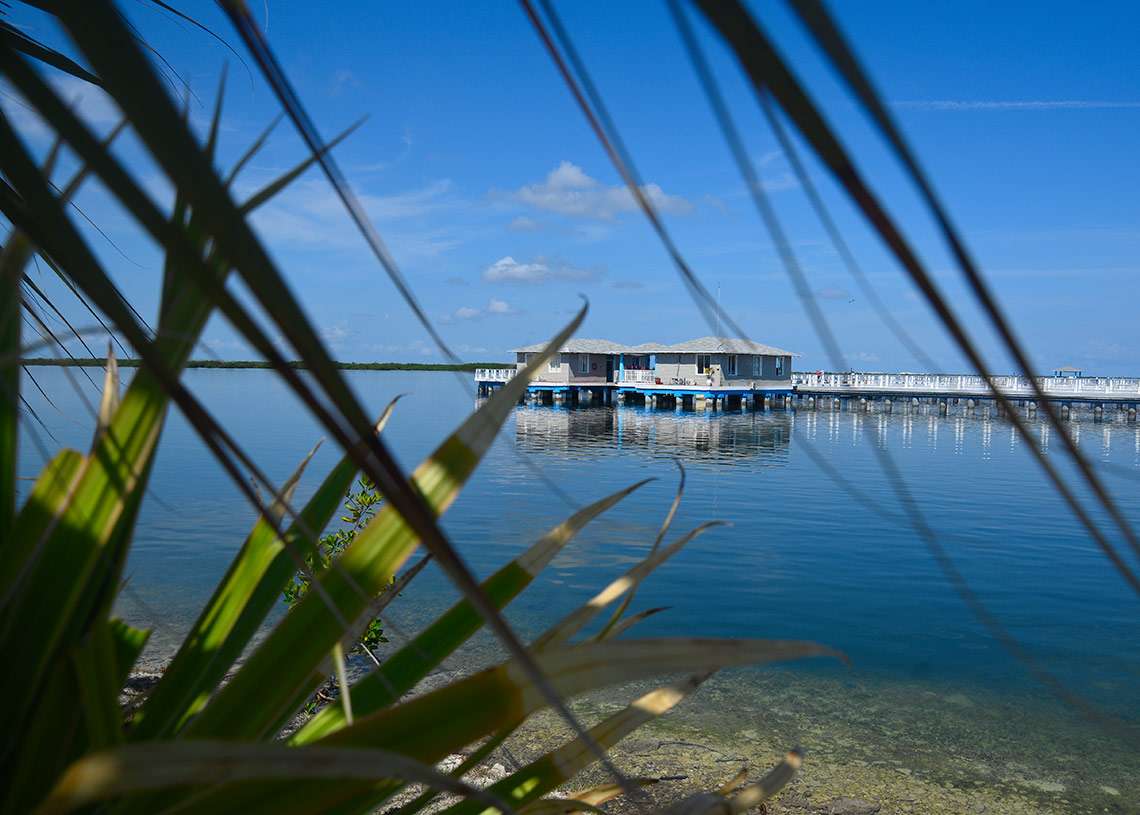
Due to its location and other factors, the Cayo Santa María Dolphinarium has international guests as its main public. However, the site is also open to Cuban visitors, both residents on the island and abroad.
Our photojournalist Otmaro Rodríguez came to this dolphinarium on a recent tour. His images allow us to get to know the relationship that is established there between humans and dolphins and also appreciate other views and even other marine animals that also inhabit the area.
